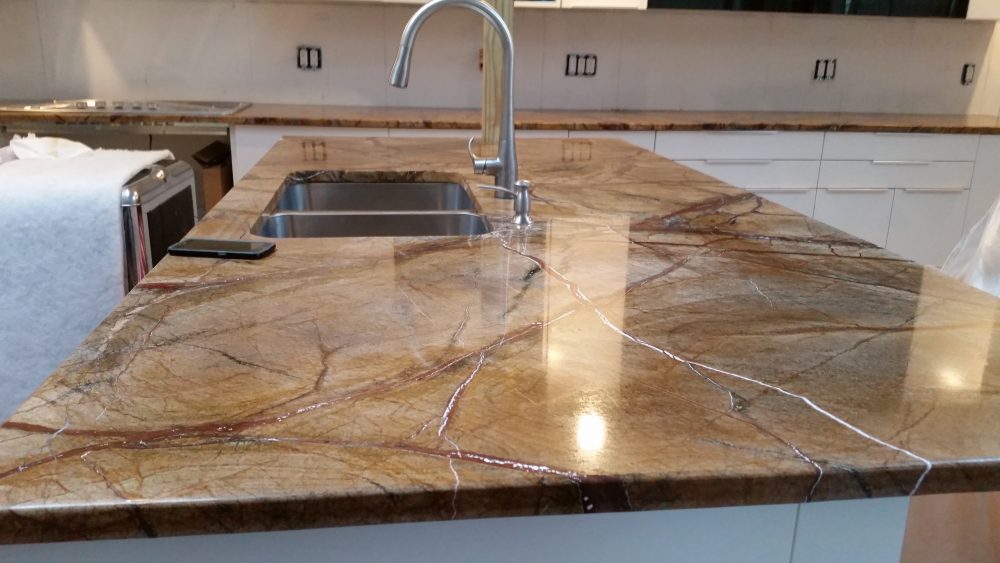Cutting and shaping granite for custom stonework requires both precision and patience, as granite is one of the hardest natural stones available. Whether used for countertops, flooring, or decorative landscaping elements, granite must be carefully handled to maintain its beauty and structural integrity. The process begins with selecting the right slab of granite, which involves assessing color, veining, and consistency. Once the slab is chosen, accurate measurements are critical, and templates are often used to trace out the exact dimensions of the desired final piece. Before any cuts are made, it is essential to ensure that the slab is securely supported on a level surface to prevent cracking or chipping. The cutting process typically starts with a diamond-blade wet saw, which is favored for its ability to slice through dense material while minimizing dust and reducing the risk of the stone overheating or fracturing. For larger slabs, bridge saws or CNC computer numerical control machines are often used, offering high precision and consistency in cuts.

Corners, curves, and cutouts for sinks or fixtures require additional tools like angle grinders fitted with diamond blades or contour diamond blades for intricate work. These tools allow artisans to carefully sculpt the stone into the desired shape without compromising its strength. After the initial cutting, the granite edges and surfaces need to be shaped and polished. Depending on the intended use, the edges might be beveled, bullnosed, or ogee-shaped using specialized routers and edge profilers equipped with diamond bits. These tools smooth out rough edges and create a professional finish. Once the shaping is complete, a series of polishing pads, usually ranging from coarse to ultra-fine grit, are applied in sequence to bring out the natural luster of the granite. Granite, one of the hardest natural stones on Earth, has been a favored material for construction, sculpture, and design for centuries due to its durability, elegance, and resistance to wear. The art of cutting and shaping granite involves a mix of ancient methods and modern technologies, and mastering it requires a blend of precision, patience, and the right tools.
This stage is vital in enhancing the stone’s reflective qualities and ensuring a sleek, luxurious appearance and you can check here in s3da-design.com. Throughout the process, water is commonly used to cool tools and reduce dust, which not only preserves the equipment but also ensures a cleaner work environment. Personal protective equipment such as safety glasses, gloves, and dust masks should always be worn, as fine granite particles and flying debris can pose health and safety risks. Additionally, careful handling is crucial during transportation and installation, since even the strongest granite can crack under pressure if not properly supported. Mastering the art of cutting and shaping granite takes time, the right tools, and a deep understanding of the material’s natural tendencies. However, with attention to detail and proper technique, it is possible to transform raw granite into stunning, custom stonework that adds elegance and durability to any space.
